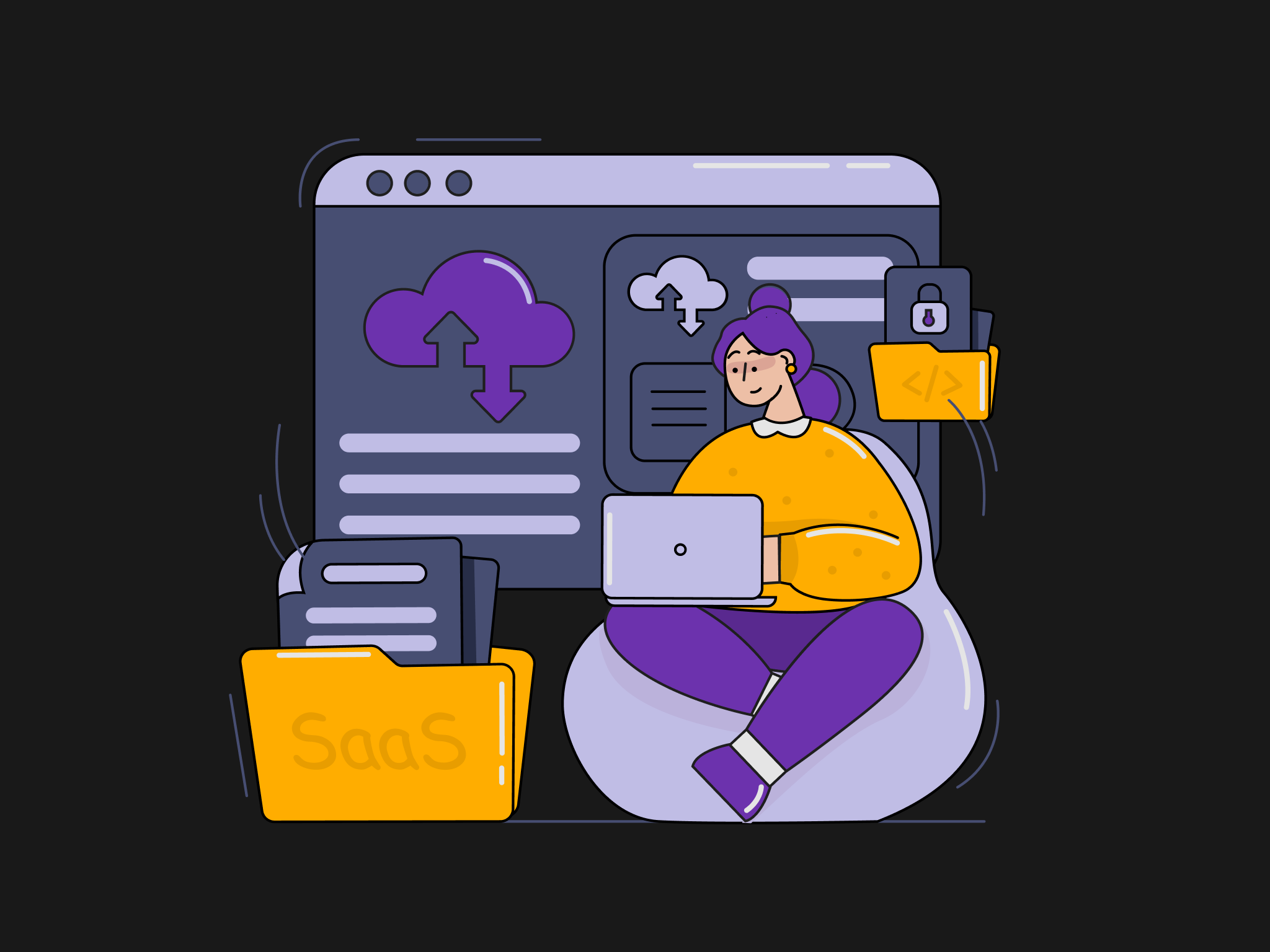SaaS Business Model: Learn How It Works and How to Measure If It Does
Summary:
Software delivery via SaaS model has gained immense popularity in today’s technology-driven world. With more emphasis placed on application design than ever before, partnering with a SaaS design firm can help address your UI/UX requirements fully. However, gaining an understanding of how the SaaS industry operates and ways to measure its success are fundamental prerequisites that demand attention prior to commencing your platform design.
Amidst mounting pressures to reduce overheads while sustaining growth rates it’s no surprise that more businesses are turning towards Software-as-a-Service or SaaS as their preferred operating mode. But how exactly does one build a thriving enterprise in this space? Through extensive research and analysis we’ve uncovered indispensable elements like effective customer acquisition routines; strategic pricing frameworks; diversified revenue streams; innovative retention mechanisms; plus critical metrics for tracking progress.
In the competitive SaaS landscape, customer acquisition is key. This requires pinpointing the right niches, developing thorough marketing strategies targeted at these segments, and simplifying the sales process. Pricing structures can vary, offering tiered pricing or pay-as-you-go plans with specific features. Deciding between a recurring or transactional revenue model depends on the long-term objectives of each SaaS company.
Retention tactics, like enhancing customer service, providing rewards for referrals, and addressing frequent churn triggers, can assist boost client loyalty and lower churn rates. By maximizing customer lifetime value (CLTV), which is the entire amount of income a client earns during their business relationship with the company, a SaaS enterprise can boost revenue and profitability. Customer acquisition cost (CAC) is the total cost associated with acquiring a new customer, and lowering CAC can aid firms in growing and becoming more lucrative.
Enhancing features or functionality, supplying support materials and training, motivating customers to leave positive reviews, and fostering referrals can all contribute to improving the Net Promoter Score (NPS), an indicator of customer loyalty and satisfaction.
It’s crucial to take into account the various pricing structures available as a business owner researching the SaaS sector in order to maximize SaaS revenue. Many SaaS products use a freemium model, where basic features are accessible without charge and more advanced features require payment. However, deciding whether to use a transactional or recurring revenue model is also crucial and should be in line with long-term objectives. One component of the bigger SaaS income model that needs careful attention is developing an efficient pricing model.
Establishing a successful SaaS enterprise requires careful consideration and application of all the many aspects mentioned in this article. SaaS organizations can generate revenue, improve profitability, and find long-term success by adhering to best practices and monitoring important indicators.
Software as a Service (SaaS) platforms are experiencing a surge in demand as the world shifts towards a more digital and software-centric environment. Businesses are progressively seeking out SaaS design firms, recognized for their leadership in delivering intuitive and impactful SaaS solutions. This article will explore the various SaaS business models and their functionalities. Additionally, we will discuss the importance of UI/UX design for SaaS platforms and the evaluation of a SaaS business model’s effectiveness.
I. Introduction to SaaS Business Model
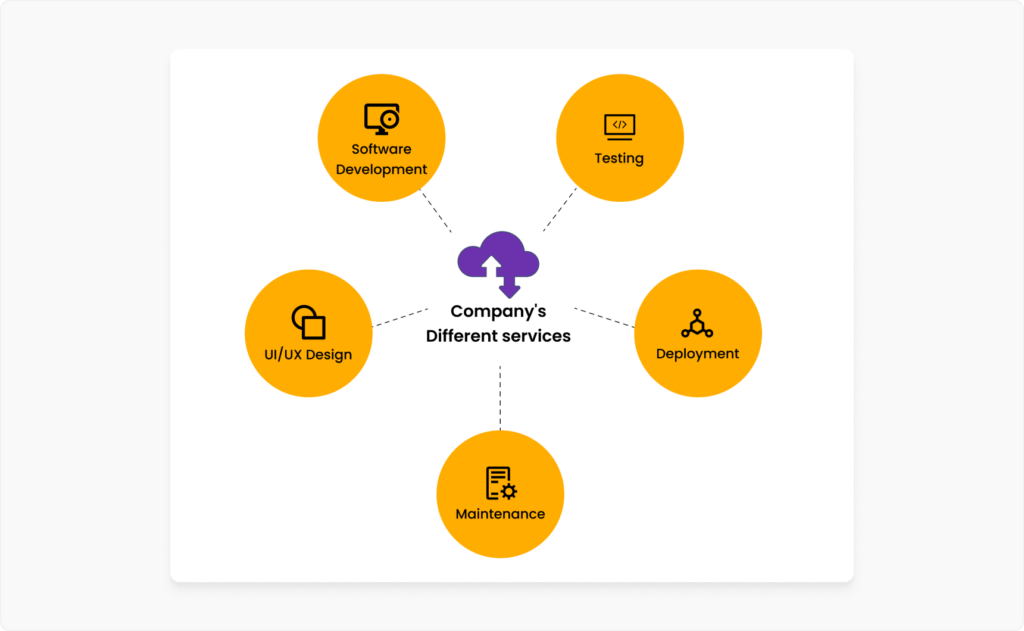
SaaS (Software as a Service) is an innovative and popular business model due to its flexibility, scalability, and lower costs. In this article, we will discuss the essential elements of a successful SaaS strategy, including client acquisition, pricing, revenue models, retention, and key performance indicators. We will provide advice on best practices and strategies for SaaS businesses to achieve long-term success.
Acquiring and retaining customers is crucial for a successful SaaS strategy. Offering free trials and actively seeking out customers are effective techniques. Pricing strategies, such as tiered pricing structures, are key to balancing customer acquisition and revenue generation.
Revenue models, such as monthly subscriptions, are vital for a successful SaaS business plan. Retention strategies, like consistent communication and customer support, are essential for sustained success. Key performance indicators, such as customer acquisition cost and customer lifetime value, help establish efficient pricing strategies and customer relationships.
Key metrics like customer lifetime value, churn rate, and customer acquisition cost are critical for evaluating SaaS strategy performance. By tracking this data, you can identify areas for improvement and adjust your business model as necessary.
Implementing the right strategies and metrics can help achieve success in the competitive SaaS market.
A. Definition of SaaS Design Company
A software company that focuses on designing, creating, and deploying SaaS systems is known as a SaaS Design Company. They concentrate on developing intuitive, effective, and user-friendly software that is available online. SaaS design firms provide a range of services, including software development, testing, deployment, and maintenance, as well as UI/UX design.
B. Importance of UI/UX Design in SaaS Business Model
UI/UX design is crucial for the success of a SaaS business model. A user interface and user experience that are well thought out can increase engagement, lower churn, and increase customer satisfaction. Given how frequently consumers engage with software, SaaS platforms may succeed or fail based on their user experience. By placing UI/UX design first, a SaaS design firm can give its clients a competitive edge and raise the likelihood of their success.
II. What is the SaaS Business Model?
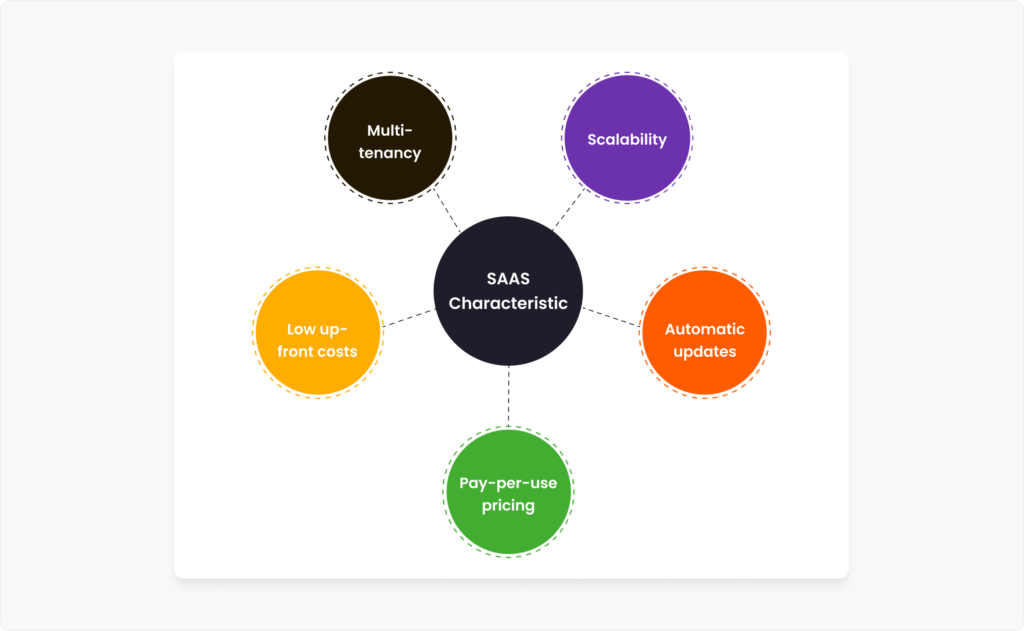
The business model known as software as a service (SaaS) allows customers to access software applications at any time, from any location, and on any device, thanks to the internet. SaaS has completely changed the way businesses operate since it offers greater flexibility, scalability, and cost savings.
Fundamentally, the SaaS business model involves providing customers with useful software. Instead of buying and installing the software on their own servers, customers pay a monthly or annual membership fee to access the program online. They can save money on hardware and do away with the need for IT staff to maintain and update the software as a result.
Most SaaS companies host the software on their own servers and handle all the technical aspects of distribution, including security, upkeep, and upgrades.
At Revival Pixel, we are committed to assisting businesses in accomplishing their goals by providing expert UI/UX design services. Customers can concentrate on their own business operations while the SaaS provider takes care of software delivery and maintenance, including customer support.
The flexibility of the SaaS business model is one of its main advantages. SaaS providers’ services can be quickly scaled to meet the demands of both small businesses and larger corporations. In addition to accounting and HR software, SaaS providers may also provide a wide range of software products, including as collaboration and project management tools, customer relationship management, and use of the software.
Tiered pricing structures that allow consumers to only pay for the items and services they actually use can be used in the pricing strategy for SaaS companies to reduce the cost of SaaS for start-ups and small enterprises.
As with any business model, the SaaS model is not without its challenges. To sustain great client connections, SaaS organizations must focus on key success indicators, revenue models, and customer acquisition and retention. By utilizing proven strategies and industry best practices, SaaS organizations may get over these challenges and achieve long-term success.
We will examine each of these elements, including pricing strategy and customer support, in greater detail in the following sections of this article and offer practical advice and ideas for putting a successful SaaS business model into practice. So grab a coffee, settle in, and get ready to learn more about SaaS business models!
A. Definition
Software as a Service (SaaS) is a business model in which a third-party provider hosts a software program that customers can access through the internet via a web browser or an API. Customers pay a monthly subscription fee, and the provider is responsible for maintaining and upgrading the software.
B. Characteristics
SaaS differs from traditional software distribution in several ways, including:
- Multi-tenancy: multiple clients can use the same instance of the software simultaneously.
- Scalability: the software can easily scale up or down based on the number of users.
- Automatic updates: the provider updates the software without customer input.
- Pay-per-use pricing: clients are billed based on their usage, often monthly or annually.
- Low up-front costs: clients do not need to purchase hardware or software licensing.
C. Types of SaaS Business Models
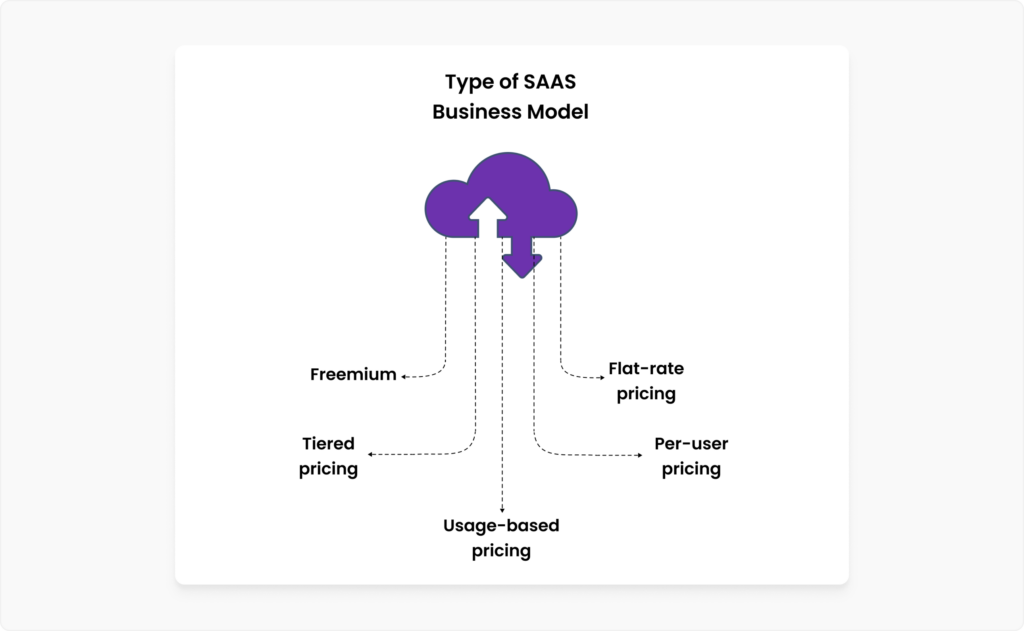
There are several types of SaaS business models, including:
- Freemium: This model offers a basic version of the software for free, but users must pay for advanced features.
- Tiered pricing: This model offers different pricing tiers based on the level of service customers require.
- Usage-based pricing: This model charges clients based on their usage of the software, such as storage, number of users, or transactions.
- Per-user pricing: This model charges customers based on the number of users accessing the software.
- Flat-rate pricing: This model charges clients a fixed cost monthly or annually.
SaaS companies must optimize their CAC and focus on customer retention to underpin their success by providing new features, consistent communication, and excellent customer service. Key performance indicators (KPIs) like client lifetime value and churn rate can be used by SaaS business owners to assess their performance. Salesforce and other customer relationship management (CRM) tools can be used to track paying clients and enhance client interactions. New SaaS businesses may be more appealing acquisition candidates for established software companies if they have a strong KPI-based valuation. Enhancing the advantages of the SaaS firm can also profit from professional services like project management software.
III. How Does SaaS Business Model Work?

The Software as a Service (SaaS) business model has transformed the software industry by providing cost-effective, adaptable, and scalable solutions to businesses of all sizes. With SaaS applications, customers can access software online from any location, at any time, and on any device that has an internet connection. SaaS companies develop and host software programs in the cloud, providing an easy and accessible way for users to access their software.
Customers of SaaS services typically subscribe for a monthly or annual fee, providing recurring revenue for the business. SaaS pricing strategies may include key business models such as tiered pricing, which provides various price points according to the desired level of service or features.
There are different types of SaaS businesses, including young SaaS startups and existing SaaS companies that have been in business for a while. Regardless of the type of SaaS service, customization is essential. SaaS companies can use customer data to customize their solutions to match the demands of each client, which can improve engagement and retention rates.
At Revival Pixel, we offer professional UI/UX design services that can help organizations achieve their objectives in the online business world. Our customer-centric approach, combined with innovative and user-friendly designs, drives client engagement and retention rates, while also coordinating with business goals and appealing to the target market.
For companies aiming to create exceptional services and achieve long-term success, the SaaS business model can be a game-changer. If you want to differentiate yourself in the crowded SaaS industry and need someone who can come up with new concepts, consider working with Revival Pixel to improve your SaaS service.
A. Getting New Clients
Customer acquisition is a crucial aspect of the SaaS business model. SaaS companies need to focus on both acquiring new customers and retaining current ones. Some of the most effective techniques for acquiring new clients include:
- Content marketing can attract new customers by creating helpful content such as blog articles, whitepapers, and case studies.
- Search engine optimization (SEO): Increasing the visibility of website content to search engines can generate more leads.
- Paid advertising: Placing targeted ads on social media platforms or search engines can help reach a wider audience.
- Referral programs: Encouraging existing customers to refer new customers can be a successful way to bring in new business.
- Events and webinars: Hosting events or webinars can expand a company’s customer base and brand awareness.
B. Pricing Strategies
SaaS pricing strategies can vary depending on the type of product, target market, and competition. Some of the most popular pricing techniques include:
- Flat-rate pricing for a set period, typically monthly or annually.
- Per-user pricing, where customers are charged based on the number of users who access the software.
- Usage-based pricing, which charges customers based on storage volume, transaction quantity, or other usage metrics.
- Tiered pricing, which offers various pricing tiers based on desired service level or features.
- Freemium model, which provides a free, basic version of the software while charging for additional features or capabilities.
C. Revenue Model
A SaaS business model’s pricing strategy and customer acquisition tactics can influence its revenue model. Some of the most common revenue models include:
- Subscription model, where users pay a set fee on a regular basis for access to the service.
- Transaction model, where customers are charged based on the number of transactions or other usage metrics.
- Offering a free, advertisement-supported version of the software.
- Commission-based pricing, which involves taking a cut of any sales made possible by the software.
D. Retention Strategies
In a SaaS business model, retaining customers is just as important as acquiring new ones. Some of the most effective retention techniques include:
- Providing excellent customer service: Quick and helpful customer service can increase customer satisfaction and decrease churn rates.
- Regular software updates: Customers can remain engaged and interested by receiving regular updates and new features.
- Providing customers with training and tools to help them get the most out of the product and reduce frustration.
- Usage tracking: Analyzing customer usage and engagement can help identify problem areas and increase retention rates.
IV. Metrics and Strategies for Successful SaaS Businesses
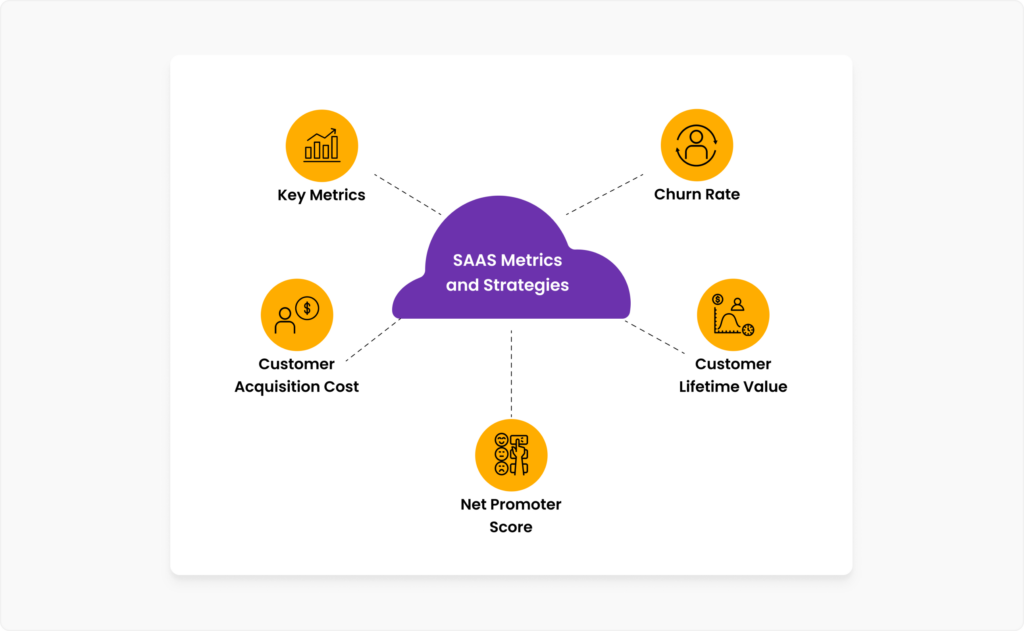
A. Key Metrics
To assess the performance of a SaaS business model, a variety of crucial measures must be tracked. Among the most important measures are the ones listed below:
- The churn rate is the proportion of customers who stop using the product.
- The total revenue that a client gives to the company over the course of their relationship is known as customer lifetime value (CLTV).
- The customer acquisition cost (CAC), which includes marketing, sales, and support costs, is the total cost of acquiring a new customer.
- A statistic for measuring customer loyalty and satisfaction is the net promoter score (NPS).
B. Churn Rate
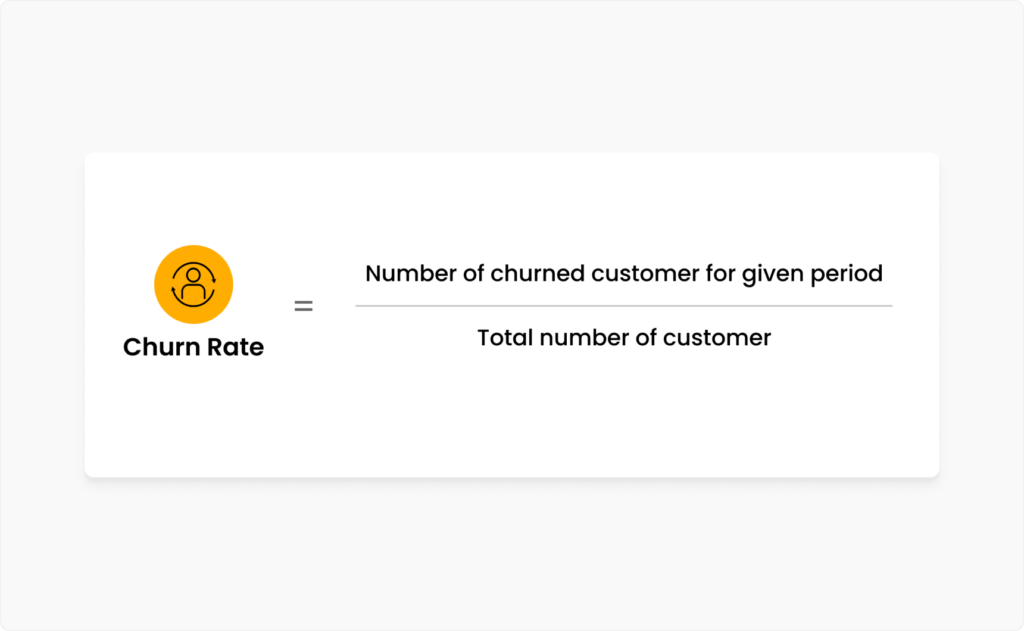
- A crucial indicator for SaaS organizations is the churn rate. A high turnover rate may point to an issue with the pricing plan, the software, or customer service. Some methods for lowering the turnover rate are as follows:
- Enhancing client service
- Customer satisfaction can be raised and the rate of attrition can be decreased by offering prompt and helpful service.
- Offering rewards to consumers who recommend new clients can boost loyalty and lower the rate of attrition.
- Identifying frequent reasons for churn, such as lack of functionality or bad user experience, and resolving them.
C. Customer Lifetime Value (CLTV)

The entire revenue a client contributes to the business during the length of their engagement with it is known as customer lifetime value. A SaaS business can increase revenue and profitability by increasing CLTV. To increase CLTV, some tactics to consider are as follows:
- Client upselling to more expensive features or plans.
- To promote loyalty and retention, offer first-rate customer care.
- Providing supplemental goods or services to the software.
- Lowering the turnover rate to encourage users to stick around and use the software more frequently.
D. Customer Acquisition Cost (CAC)

The whole cost of obtaining a new client, including marketing, sales, and support expenses, is known as customer acquisition cost. A SaaS company can boost growth and profitability by reducing CAC. One strategy for lowering CAC is to optimize marketing activities for better targeting and conversion rates.
- Focusing on referral programs to reduce client acquisition costs.
- Enhancing the sales process to cut down on the time and resources required to close deals.
- Reducing the turnover rate to cut down on the cost of gaining new customers.
E. Net Promoter Score (NPS)
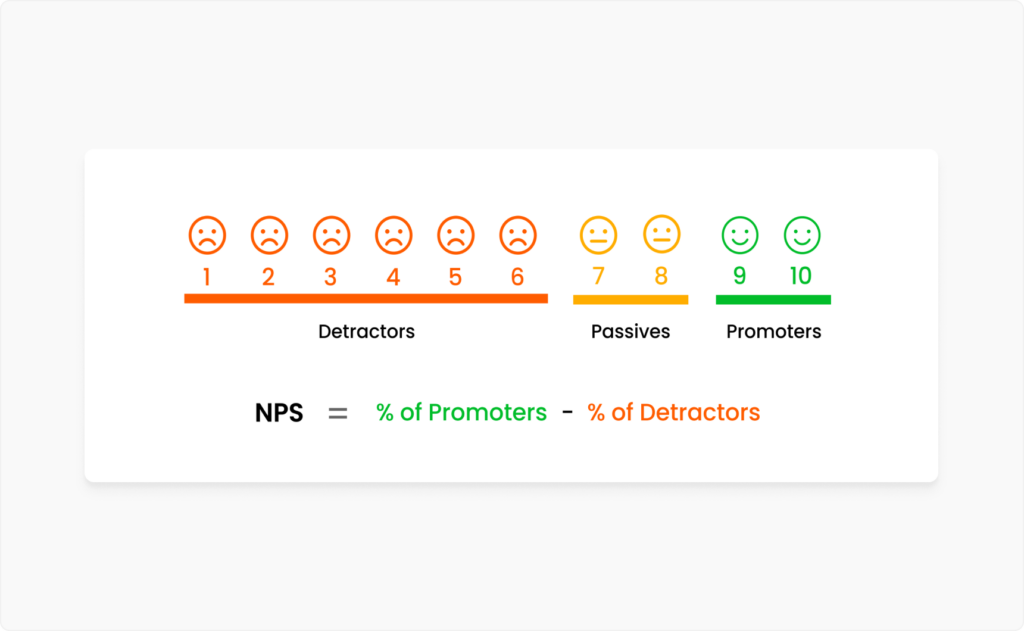
A metric called net promoter score is used to measure customer loyalty and satisfaction. Customers who are satisfied with the program are more inclined to recommend it to others, according to a high NPS score. Providing exceptional customer service and resolving any issues swiftly and effectively are some methods for raising NPS.
- Supplying extra features or functionality in response to client demands.
- Supplying resources and training to assist clients in making the most of the software.
- Encouraging clients to recommend you and submit favorable reviews.
V. Benefits of the Saas business
The SaaS (Software as a Service) business model includes a number of benefits and drawbacks to take into account. On the plus side, SaaS providers offer affordable solutions that are simpler to acquire and grow, which is beneficial for small and medium-sized businesses in particular.
Additionally, SaaS companies frequently provide flexible pricing plans, such as pay-as-you-go options and monthly or annual subscriptions. SaaS companies, however, face a number of difficulties, including the risk of cybersecurity breaches and data protection issues. Additionally, the SaaS market’s fierce competition demands constant innovation and regular product updates.
Customer acquisition and retention are essential components of the business for SaaS companies because they need to maintain a steady customer base in order to be profitable. Overall, SaaS businesses have many advantages but need to be managed, monitored, and planned strategically.
VI. Understanding Business Models in the SaaS Industry
A. Types of SaaS Business Models
There are several types of SaaS business models, including subscription-based, freemium, and tiered pricing models. Subscription-based models charge customers a monthly fee for access to the software, while freemium models offer a basic version of the software for free and charge for additional features or usage. Tiered pricing models offer different levels of service at different price points.
VII. Pros of the SaaS Business Model
SaaS offers cost savings, greater flexibility, and scalability to businesses. It eliminates the need for customers to maintain and update the software, and allows small businesses and larger corporations alike to quickly scale their services. SaaS companies may also offer a variety of software applications, including customer relationship management and collaboration tools.
VIII. Cons of the SaaS Business Model
While the SaaS business model offers several advantages, it also has some drawbacks. These include dependency on the internet, security concerns, and the risk of subscription cancellations. Additionally, SaaS businesses must continually update and maintain their software to remain competitive.
IX. Different Types of SaaS Business Models to Optimize Your Growth and Customer Relationships
A. Key Metrics for SaaS Companies
SaaS companies rely on several key metrics to measure their success, including customer acquisition cost (CAC), lifetime value (LTV), churn rate, and monthly recurring revenue (MRR). By tracking these metrics, SaaS companies can optimize their pricing strategies, customer relationships, and growth strategies.
B. Customer Relationships and Retention
Customer relationships are critical to the success of a SaaS business. To optimize customer relationships, businesses must focus on customer success, providing excellent customer support, and offering a high-quality piece of software hosted on a cloud. Additionally, SaaS companies must focus on customer retention, minimizing churn, and increasing LTV.
C. Pricing Strategies and Revenue Models
Pricing strategies and revenue models are critical to the success of a SaaS business selling cloud-based software. Businesses must choose a pricing strategy that aligns with their target audience, such as subscription pricing or one-time payments based on the number of users, i.e., per seat pricing. Additionally, they must choose a revenue model that supports their growth, such as recurring revenue or a freemium model.
D. Growth Strategies for SaaS Startups
SaaS startups must focus on growth strategies that support their long-term success. This includes focusing on customer acquisition, marketing work, and developing new subscription-based services. Additionally, SaaS companies must remain agile and adaptable to changing market conditions to stay ahead of the competition.
X. Conclusion
Finally, the SaaS business model has a number of advantages over conventional software models, including lower costs, more flexibility, and simpler scalability. But it takes careful planning and execution to implement a profitable SaaS business model. Companies offering software as a service (SaaS) must concentrate on customer acquisition, pricing tactics, revenue models, and retention methods, as well as tracking important data to gauge success. These best practices can help SaaS businesses improve revenue, boost profitability, and succeed in the long run.
